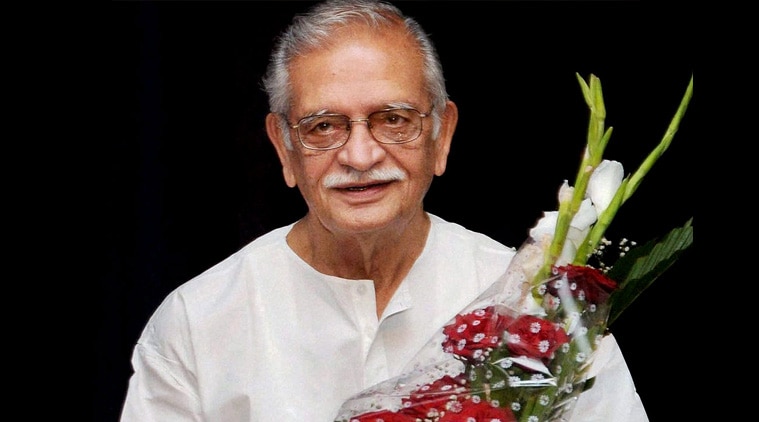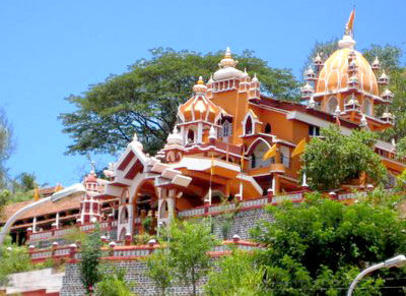On the fifteenth
of this month a number of Goans awarded by the Central Government came out with
a statement wherein they indicated their upset at the spurt in violent attacks
in the country. Subsequently, some of the individual members of this group, and
a few other awardees made independent statements indicating their upset at the
intolerance that was being manifested in the country. All of these Goans
awarded by the Sahitya Akademi made statements indicating that they while they would
have liked to return their awards, they would in fact not do so just yet.
Rather, they would wait to see what the executive committee of the Sahitya
Akademi had to say.
There is
something quite odd about these Goans’ statements. To not actually return an
award, but merely threaten to do so is
frankly quite bizarre. After all, if one wants to return the award, one should
do so. If one is not going to return the award as yet, one should keep quiet
about it, until one actually does so. Contrary to the opinion
of the noted lyricist Gulzar, returning an award is not the only option that litterateurs have to protest. As wielders
of the pen, they can essay articles, issue press statements, script plays of
protest, before they actually get down to returning the symbolic honour that
has been bestowed on them. To threaten to return their awards, therefore, seems
not only presumptuous, but in fact craven.
Rather than
coming across as an act of moral uprightness, the statements of these Nagari
Konkani writers comes across as cowardly. It is as if the Sahitya Akademi award
meant too much to them, such that they could not bear to return it. Some would
argue that this is not the case; that these writers were influenced by the opinion of Amitav Ghosh who argued that one should not disrespect the
institution by returning the award, but take issue with the current leadership
of the Akademi. Hence, the route preferred by our Goans, of waiting till the
Executive Committee of the Akademi made a statement condemning the murder
especially of Prof. Kalbargi.
 This is a
plausible explanation. However, if one observes the nature of the relationship
between the Nagari Konkani writers and the Sahitya Akademi as a representative
of the Indian nation, one realises that there was a reason why these writers
would have been susceptible to the Ghosh’s advice in the first place. To
explain this relationship, one must make reference to a statement made by
Pundalik Naik at the Konkani
Rastramanyathay Dis 2008 (Konkani National Recognition Day) organised by
the Goa Konkani Akademi (GKA) on 20 August, 2008. At this event Naik, who was
then President of the GKA indicated that it was only in 1992, when Konkani was
included in the Eighth schedule of the Indian Constitution and recognised as a
national language, and when subsequently Konkani in the Nagari script found
space in the Indian rupee note, that he felt like he had become a full citizen
of the Republic.
This is a
plausible explanation. However, if one observes the nature of the relationship
between the Nagari Konkani writers and the Sahitya Akademi as a representative
of the Indian nation, one realises that there was a reason why these writers
would have been susceptible to the Ghosh’s advice in the first place. To
explain this relationship, one must make reference to a statement made by
Pundalik Naik at the Konkani
Rastramanyathay Dis 2008 (Konkani National Recognition Day) organised by
the Goa Konkani Akademi (GKA) on 20 August, 2008. At this event Naik, who was
then President of the GKA indicated that it was only in 1992, when Konkani was
included in the Eighth schedule of the Indian Constitution and recognised as a
national language, and when subsequently Konkani in the Nagari script found
space in the Indian rupee note, that he felt like he had become a full citizen
of the Republic.
One could
dismiss this statement as mere rhetoric, but looking at Naik at that moment, I
was convinced that it was more than rhetoric. Naik was making an honest
representation of his sensations at the time. It struck me then that the fact
that Naik, possibly representative of many Nagari writers, felt like a full
citizen of India only in 1992, when in fact Goa had been integrated into India
way back in 1961 was indicative of a profound sense of insecurity about one’s
identity of belonging to the Indian nation. Having been thus alerted, I
realised that the history of the interventions of this Nagari writers can be
read as evidence of their insecurity as to whether they belong or not. This
insecurity can explain the vehemence with which many of them have launched
themselves against both Konkani in the Roman script, as well as the demands
that English be recognised as a state-supported medium of instruction. Given
that until 1987 it was Konkani in the Roman script that defined Konkani in Goa,
they were keen that a script that is perceived as foreign by some benighted
Indians not be the mill-stone that prevents them for participating in Indian
nationalism.
This kind of
insecurity is evidenced not only by the Nagari writers, but a variety of others
as well. Take the full scale destruction of Goan temples that have taken place
since Goa’s integration into India. Temples in the peculiar Goan style have
made way for structures of dubious aesthetic merit that are seen as more in
keeping with styles that are seen as properly Indian.
A similar anxiety is evidenced among (Indian) nationalistically inclined Catholics as well. They go out of their way to provide Sanskritic names for their children, eschew English, or Portuguese, make a fetish about educating them in Konkani, ask their wives to wear saris.
 Given that the
awardees from Goa were among the only group in the country to threaten to
return their awards, one can suggest that there is some unique about the Goan
condition that allowed for this situation. I would argue that these writers
were loath to return these awards because they are insecure about their Indian
identity, and see these awards are assurances that the Indian nation recognises
them as one of their own. If this is true, then the situation is highly
unfortunate and merely a statement of the impossibility of the Goan ever being fully Indian.
Given that the
awardees from Goa were among the only group in the country to threaten to
return their awards, one can suggest that there is some unique about the Goan
condition that allowed for this situation. I would argue that these writers
were loath to return these awards because they are insecure about their Indian
identity, and see these awards are assurances that the Indian nation recognises
them as one of their own. If this is true, then the situation is highly
unfortunate and merely a statement of the impossibility of the Goan ever being fully Indian.
(A version of this post was first published in the O Heraldo on 30 Oct 2015)




No comments:
Post a Comment